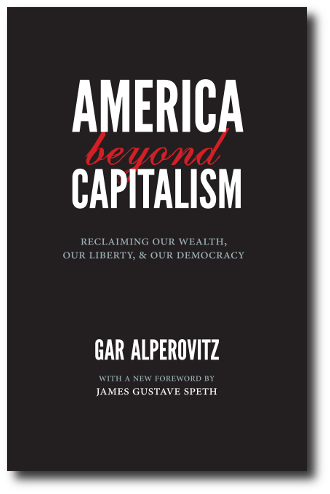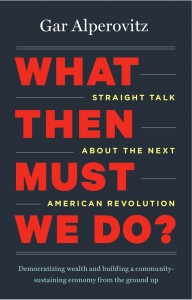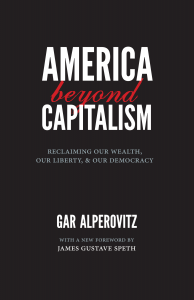Consider the following: In all likelihood there will be well over 400 million people living in the United States in 2050, and possibly as many as one billion people by the year 2100. Where will those people live? And how can we, at that size, live in a sustainable manner, given the fact that the United States already has a grotesquely disproportionate carbon footprint and has not made any serious progress over the past two decades towards reducing it?
Global warming will impact every society in the world, but no other country has precisely this dilemma. Compared to Europe or Japan, per capita carbon emissions are inordinately high, in large measure because of the sprawling way we organize our metropolitan areas and our high reliance on the automobile (Buehler et al, 2009). Further, unlike most of those societies, population in the United States continues to steadily grow, and there is little reason to think that this trend will subside.
Re-shaping our metropolitan areas for a low-carbon footprint over the next 40 years will require a comprehensive strategy to stabilize the economic basis of American cities. We must break with the past not only with respect to energy use and transportation, but also with the way we treat cities as disposable items that can be abandoned when market conditions change.
Download the full report from community-wealth.org or read it here:
 AMERICA BEYOND CAPITALISM
AMERICA BEYOND CAPITALISM



 Agenda
Agenda  Posterboard
Posterboard 